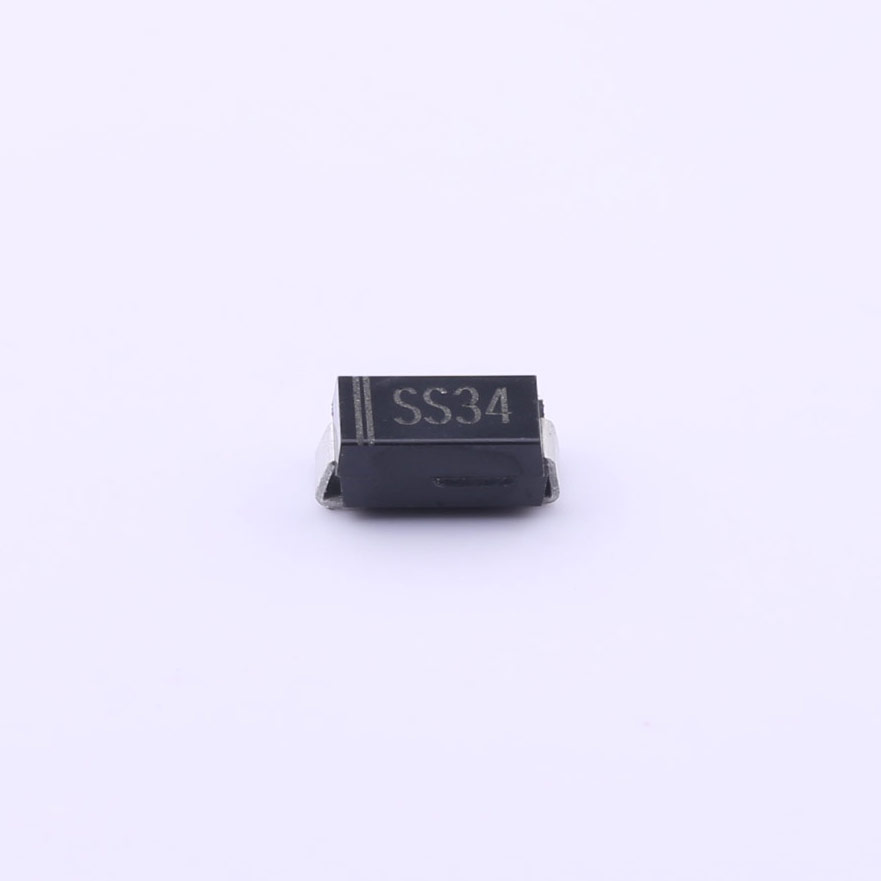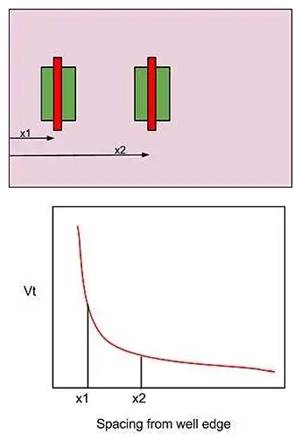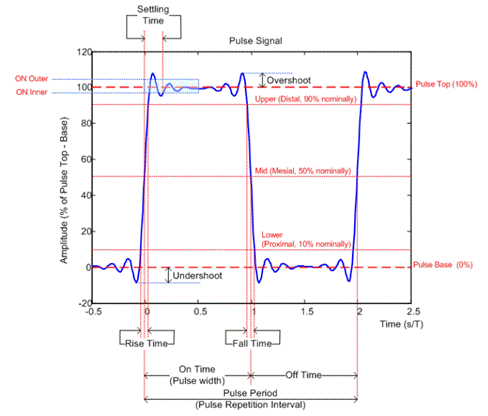UserButton硬件衔接如下图所示:当按键被按下,PB9检测到低电平,相反PB9被3.3V电源拉高。
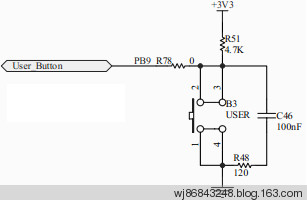
LED硬件衔接如下图所示:高电平点亮LED。

要想将PB9管脚装备成输入形式,程序所需如下过程:(有必要的)
第一步:装备体系时钟。见STM32F103xRCC寄存器装备
除此之外,还需将GPIO外设时钟翻开。
/* Enable GPIOC and GPIOB clock */
RCC_APB2PeriphClockCmd(RCC_APB2Periph_GPIOB,ENABLE);
RCC_APB2PeriphClockCmd(RCC_APB2Periph_GPIOC,ENABLE);
第二步:装备中断向量表。决定将程序下载到RAM中仍是FLASH中。今后讲。
voidNVIC_Configuration(void)
{
#ifdefVECT_TAB_RAM
/* Set the Vector Table base location at 0x20 */
NVIC_SetVectorTable(NVIC_VectTab_RAM,0x0);
#else/* VECT_TAB_FLASH */
/* Set the Vector Table base location at 0x08 */
NVIC_SetVectorTable(NVIC_VectTab_FLASH,0x0);
#endif
}
第三步:装备GPIO的形式。输入形式仍是输出形式。STM32_GPIO装备及库函数解说——LED跑马灯已讲过。
void GPIO_Configuration(void){GPIO_InitTypeDef GPIO_InitStructure;/* Configure PC.06, PC.07, PC.08 and PC.09 as Output push-pull */GPIO_InitStructure.GPIO_Pin = GPIO_Pin_6 GPIO_Pin_7 GPIO_Pin_8 GPIO_Pin_9;GPIO_InitStructure.GPIO_Speed = GPIO_Speed_50MHz;GPIO_InitStructure.GPIO_Mode = GPIO_Mode_Out_PP; GPIO_Init(GPIOC, &GPIO_InitStructure);/* Configure PB.09 as Input pull-up */GPIO_InitStructure.GPIO_Pin = GPIO_Pin_9;GPIO_InitStructure.GPIO_Mode = GPIO_Mode_IPU; //上拉输入GPIO_Init(GPIOB, &GPIO_InitStructure);}
第四步:读该管脚上的电平状况。需求介绍一个库函数。
vGPIO_ReadInputDataBit从指定Port指定Pin,读该管脚上的电平状况:
u8 GPIO_ReadInputDataBit(GPIO_TypeDef*GPIOx,u16 GPIO_Pin)
{
u8 bitstatus=0x00;
/* Check the parameters */
assert_param(IS_GPIO_ALL_PERIPH(GPIOx));
assert_param(IS_GET_GPIO_PIN(GPIO_Pin));
if((GPIOx->IDR&GPIO_Pin)!=(u32)Bit_RESET)
{
bitstatus=(u8)Bit_SET;
}
else
{
bitstatus=(u8)Bit_RESET;
}
returnbitstatus;
}
涉及到GPIO_IDR寄存器,如下所示


经过上面4步,就能够检测PB9管脚的电平状况。
按键按下,PB9管脚应该是低电平,怎样才干验证,最简略的办法是:当按键被按下,点亮一切LED。
下面给出完好程序:
/* Includes */
#include”stm32f10x_lib.h”
/* Private function prototypes –*/
voidRCC_Configuration(void);
voidNVIC_Configuration(void);
voidGPIO_Configuration(void);
voidDelay(vu32 nCount);
/*******************************************************************************
* Function Name : main
* Description : Main program.
* Input : None
* Return : None
*******************************************************************************/
intmain(void)
{
#ifdefDEBUG
debug();
#endif
/* Configure the system clocks */
RCC_Configuration();
/* NVIC Configuration */
NVIC_Configuration();
/* Configure the GPIO ports */
GPIO_Configuration();
/* Infinite loop */
while(1)
{
if(GPIO_ReadInputDataBit(GPIOB,GPIO_Pin_9)==0)//检测USR键是否被按下,若按下,则点亮悉数LED
{
GPIO_SetBits(GPIOC,GPIO_Pin_6GPIO_Pin_7GPIO_Pin_8GPIO_Pin_9);
}
else
{
GPIO_ResetBits(GPIOC,GPIO_Pin_6GPIO_Pin_7GPIO_Pin_8GPIO_Pin_9);
}
}
}
/*******************************************************************************
* Function Name : RCC_Configuration
* Description : Configures the different system clocks.
* Input : None
* Return : None
*******************************************************************************/
voidRCC_Configuration(void)
{
ErrorStatusHSEStartUpStatus;
/* RCC system reset(for debug purpose) */
RCC_DeInit();
/* Enable HSE */
RCC_HSEConfig(RCC_HSE_ON);
/* Wait till HSE is ready */
HSEStartUpStatus=RCC_WaitForHSEStartUp();
if(HSEStartUpStatus==SUCCESS)
{
/* Enable Prefetch Buffer */
FLASH_PrefetchBufferCmd(FLASH_PrefetchBuffer_Enable);
/* Flash 2 wait state */
FLASH_SetLatency(FLASH_Latency_2);
/* HCLK = SYSCLK */
RCC_HCLKConfig(RCC_SYSCLK_Div1);
/* PCLK2 = HCLK */
RCC_PCLK2Config(RCC_HCLK_Div1);
/* PCLK1 = HCLK/2 */
RCC_PCLK1Config(RCC_HCLK_Div2);
/* PLLCLK = 8MHz * 9 = 72 MHz */
RCC_PLLConfig(RCC_PLLSource_HSE_Div1,RCC_PLLMul_9);
/* Enable PLL */
RCC_PLLCmd(ENABLE);
/* Wait till PLL is ready */
while(RCC_GetFlagStatus(RCC_FLAG_PLLRDY)==RESET){}
/* Select PLL as system clock source */
RCC_SYSCLKConfig(RCC_SYSCLKSource_PLLCLK);
/* Wait till PLL is used as system clock source */
while(RCC_GetSYSCLKSource()!=0x08){}
}
/* Enable GPIOC and GPIOB clock */
RCC_APB2PeriphClockCmd(RCC_APB2Periph_GPIOB,ENABLE);
RCC_APB2PeriphClockCmd(RCC_APB2Periph_GPIOC,ENABLE);
}
/*******************************************************************************
* Function Name : NVIC_Configuration
* Description : Configures Vector Table base location.
* Input : None
* Return : None
*******************************************************************************/
voidNVIC_Configuration(void)
{
#ifdefVECT_TAB_RAM
/* Set the Vector Table base location at 0x20 */
NVIC_SetVectorTable(NVIC_VectTab_RAM,0x0);
#else/* VECT_TAB_FLASH */
/* Set the Vector Table base location at 0x08 */
NVIC_SetVectorTable(NV%&&&&&%_VectTab_FLASH,0x0);
#endif
}
/*******************************************************************************
* Function Name : GPIO_Configuration
* Description : Configures the different GPIO ports.
* Input : None
* Return : None
*******************************************************************************/
voidGPIO_Configuration(void)
{
GPIO_InitTypeDef GPIO_InitStructure;
/* Configure PC.06, PC.07, PC.08 and PC.09 as Output push-pull */
GPIO_InitStructure.GPIO_Pin=GPIO_Pin_6GPIO_Pin_7GPIO_Pin_8GPIO_Pin_9;
GPIO_InitStructure.GPIO_Speed=GPIO_Speed_50MHz;
GPIO_InitStructure.GPIO_Mode=GPIO_Mode_Out_PP;
GPIO_Init(GPIOC,&GPIO_InitStructure);
/* Configure PB.09 as Input pull-up */
GPIO_InitStructure.GPIO_Pin=GPIO_Pin_9;
GPIO_InitStructure.GPIO_Mode=GPIO_Mode_IPU;//上拉输入
GPIO_Init(GPIOB,&GPIO_InitStructure);
}
/*******************************************************************************
* Function Name : Delay
* Description : Inserts a delay time.
* Input : nCount: specifies the delay time length.
* Return : None
*******************************************************************************/
voidDelay(vu32 nCount)
{
for(;nCount!=0;nCount–);
}
#ifdefDEBUG
/*******************************************************************************
* Function Name : assert_failed
* Description : Reports the name of the source file and the source line number
* where the assert_param error has occurred.
* Input : – file: pointer to the source file name
* – line: assert_param error line source number
* Return : None
*******************************************************************************/
voidassert_failed(u8*file,u32 line)
{
/* User can add his own implementation to report the file name and line number,
ex: printf(“Wrong parameters value: file %s on line %d\r\n”, file, line) */
/* Infinite loop */
while(1)
{
}
}
#endif
还有个问题:PB9的初始状况是什么?或者说GPIO_Configuration函数后PB9管脚上是高电平仍是低电平?
这要看GPIO_InitStructure结构体的GPIO_Mode成员变量初始化为什么,假如为上拉,则PB9管脚为高电平;假如为下拉,则PB9管脚为低电平。
GPIO管脚内部电路设计如图:

当GPIO初始化为输入上拉形式,由上图可知:该端口向外输出高电平,即:ODR对应位为1
当GPIO初始化为输入下拉形式,由上图可知:该端口向外输出低电平,即:ODR对应位为0
怎么调试:在下面两处处设个断点。
1. GPIO初始化函数GPIO_Configuration中

能够看到:当GPIO设置成输入上拉形式时,等候GPIO初始化结束,该管脚ODR9为1
2. 在main函数中,设置一个断点。
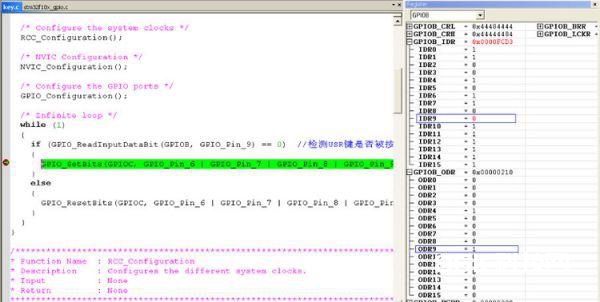
全速碑文(F5),按住UserButton不放,能够看到GPIOB_IDR的IDR9=0。当铺开按键时,再单步调试(F10),
GPIOB_IDR的IDR9=1。
总结:



